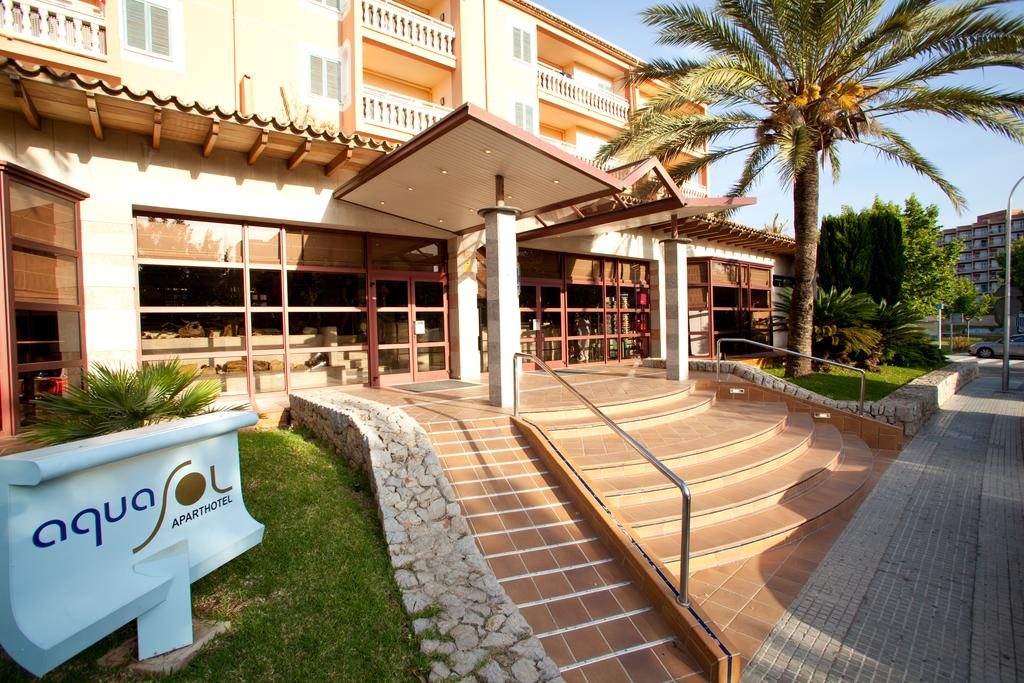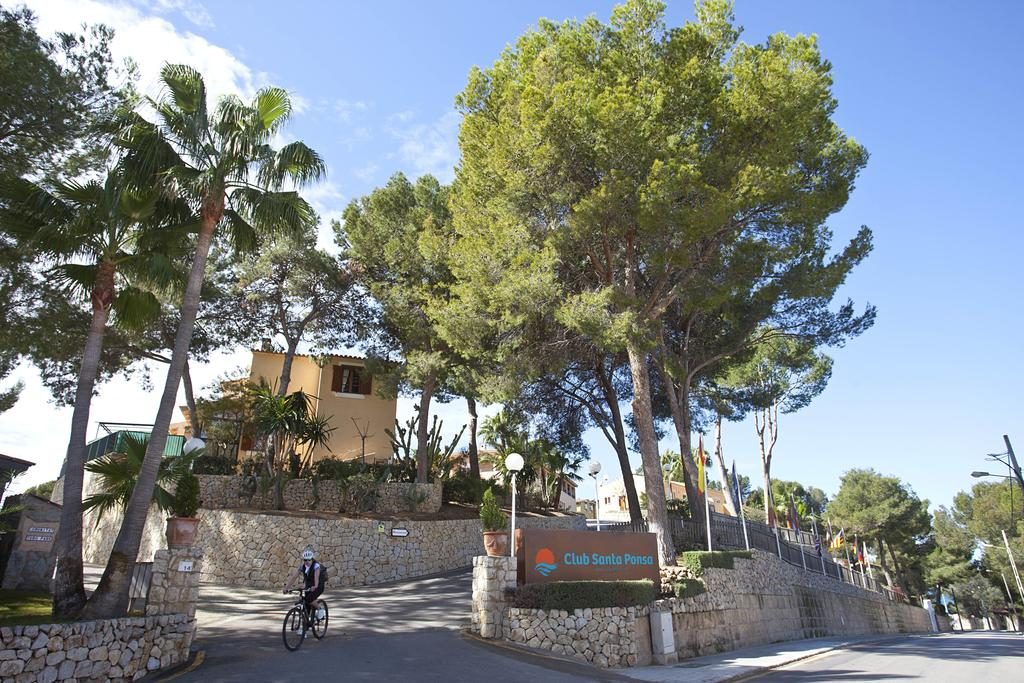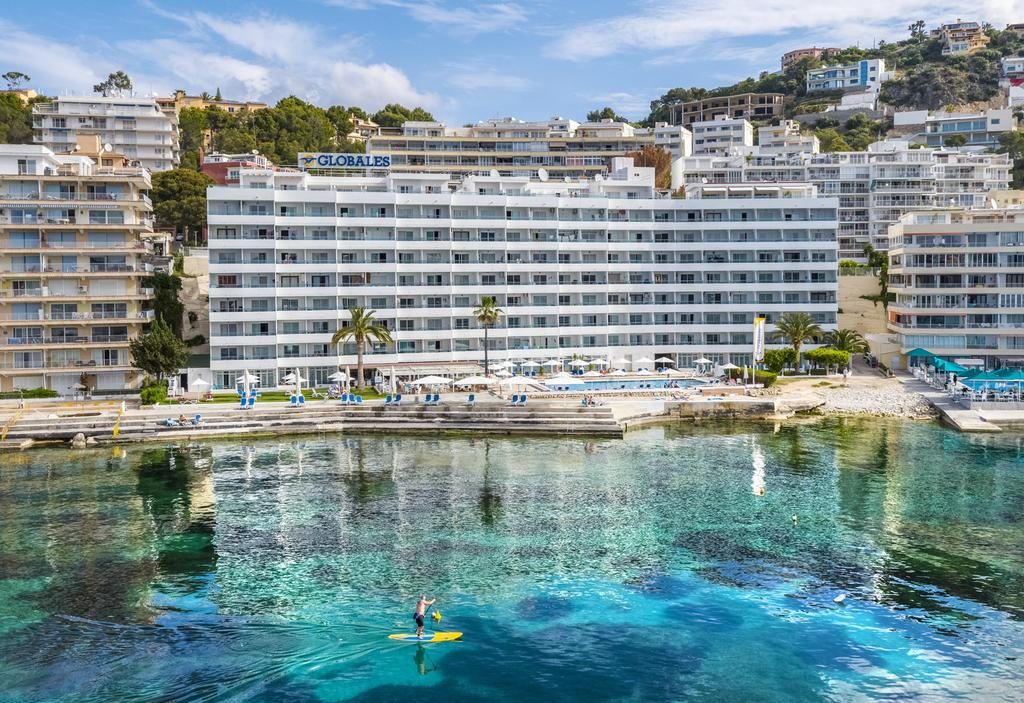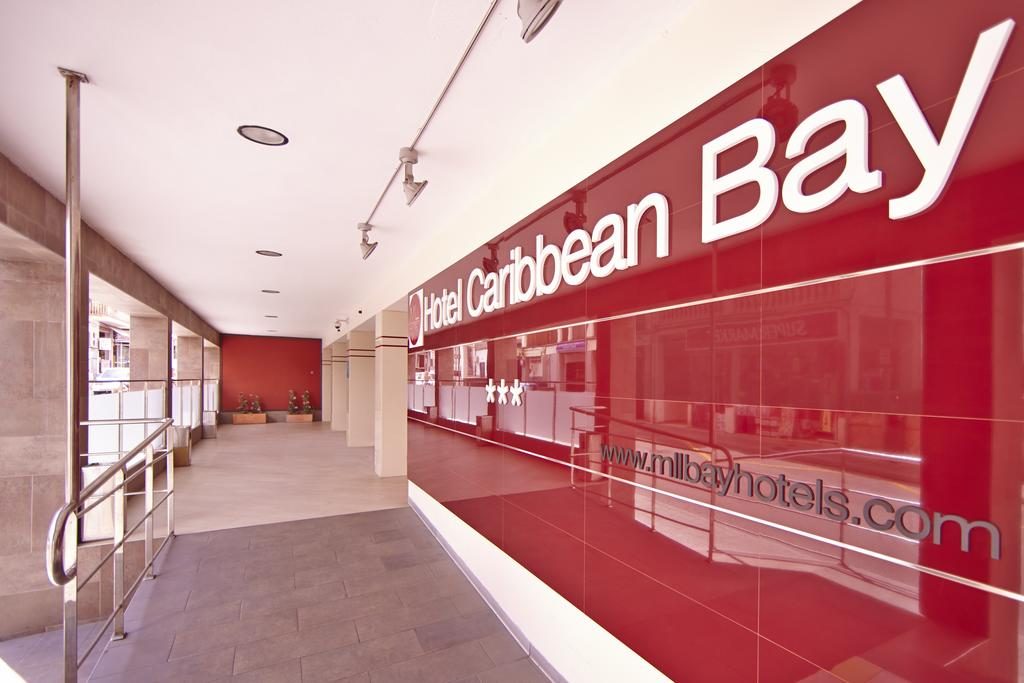Special Offers
Mallorca


| Location | Mediterranean |
|---|---|
| Coordinates | Coordinates: 39°37′N 2°59′E |
| Archipelago | Balearic Islands |
| Total islands | 5 |
| Major islands | Balearic Islands |
| Area | 3,640.11 km2 (1,405.45 sq mi) |
| Highest elevation | 1,445 m (4,741 ft) |
| Highest point | Puig Major |
| Province | Balearic Islands |
| Capital and largest city | Palma (pop. 404,681) |
| Demographics: | |
| Demonym | Majorcan |
| Population | 859,307 (2015) |
| Pop. density | 240.45 /km2 (622.76 /sq mi) |
Mallorca or Majorca is the largest island
in the Balearic Islands, which are part of Spain and located in
the Mediterranean. The native language, as on the rest of the Balearic Islands,
is Catalan, which is co-official with Spanish.
The capital of the
island, Palma, is also the capital of the autonomous
community of the Balearic Islands. The Balearic Islands have been an
autonomous region of Spain since 1983. There are two small islands off the
coast of Mallorca: Cabrera (southeast of Palma) and Dragonera (west
of Palma). The anthem of Mallorca is “La Balanguera”.
Like the other Balearic
Islands of Menorca, Ibiza and Formentera, the island is an
extremely popular holiday destination, particularly for tourists from Germany
and the United Kingdom. The international airport, Palma de Mallorca
Airport, is one of the busiest in Spain; it was used by 28.0 million passengers
in 2017, increasing every year since 2012.
The name derives
from Classical Latin insula maior, “larger island”.
Later, in Medieval Latin, this became Maiorica, “the
larger one”, in comparison to Menorca, “the smaller
one”.
History
Prehistoric settlements
Little is recorded of the
earliest inhabitants of the island. Burial chambers and traces of habitation
from the Neolithic period (6000–4000 BC) have been discovered,
particularly the prehistoric settlements called talaiots, or talayots.
They raised Bronze Age megaliths as part of their Talaiotic
culture. A non-exhaustive list is the following:
- Capocorb Vell (Llucmajor municipality)
- Necròpoli de Son Real (east of Can Picafort, Santa Margalida municipality)
- Novetiforme Alemany (Magaluf, Calvià)
- Poblat Talaiòtic de S’Illot (S’Illot, Sant Llorenç des Cardassar municipality)
- Poblat Talaiòtic de Son Fornés (Montuïri municipality)
- Sa Canova de Morell (road to Colònia de Sant Pere, Artà municipality)
- Ses Païsses (Artà municipality)
- Ses Talaies de Can Jordi (Santanyí municipality)
- S’Hospitalet Vell (road to Cales de Mallorca, Manacor municipality)
Phoenicians,
Romans, and Late Antiquity
The Phoenicians, a
seafaring people from the Levant, arrived around the eighth century BC and
established numerous colonies. The island eventually came under the control
of Carthage in North Africa, which had become the principal
Phoenician city. After the Second Punic War, Carthage lost all of its
overseas possessions and the Romans took over.
The island was occupied by the
Romans in 123 BC under Quintus Caecilius Metellus Balearicus. It
flourished under Roman rule, during which time the towns of Pollentia
(Alcúdia), and Palmaria (Palma) were founded. In addition, the northern town
of Bocchoris, dating back to pre-Roman times, was a federated city
to Rome. The local economy was largely driven
by olive cultivation, viticulture, and salt mining.
Mallorcan soldiers were valued within the Roman legions for their skill with
the sling.
In 427, Gunderic and
the Vandals captured the island. Geiseric, son of Gunderic,
governed Mallorca and used it as his base to loot and plunder settlements
around the Mediterranean, until Roman rule was restored in 465.
Middle
Age and Modern history
Late
Antiquity and Early Middle Ages
In 534, Mallorca was
recaptured by the Eastern Roman Empire, led by Apollinarius. Under
Roman rule, Christianity thrived and numerous churches were built.
From 707, the island was
increasingly attacked by Muslim raiders from North Africa. Recurrent
invasions led the islanders to ask Charlemagne for help.
Moorish
Mallorca
In 902, Issam al-Khawlan
conquered the Balearic Islands, ushering in a new period of prosperity under
the Emirate of Córdoba. The town of Palma was reshaped and expanded, and
became known as Medina Mayurqa. Later on, with the Caliphate of Córdoba at
its height, the Moors improved agriculture
with irrigation and developed local industries.
The caliphate was dismembered in 1015. Mallorca came under rule by the Taifa of Dénia, and from 1087 to 1114, was an independent Taifa. During that period, the island was visited by Ibn Hazm. However, an expedition of Pisans and Catalans in 1114–15, led by Ramon Berenguer III, Count of Barcelona, overran the island, laying siege to Palma for eight months. After the city fell, the invaders retreated due to problems in their own lands. They were replaced by the Almoravides from North Africa, who ruled until 1176. The Almoravides were replaced by the Almohad dynasty until 1229. Abú Yahya was the last Moorish leader of Mallorca.
Medieval
Mallorca
In the ensuing confusion and
unrest, King James I of Aragon, also known as James the Conqueror,
launched an invasion which landed at Santa Ponça, Mallorca, on
8–9 September 1229 with 15,000 men and 1,500 horses. His forces entered the
city of Medina Mayurqa on 31 December 1229. In 1230 he annexed the island to
his Crown of Aragon under the name Regnum Maioricae.
Modern
era
From 1479, the Crown of Aragon
was in dynastic union with that of Castile. The Barbary corsairs of
North Africa often attacked the Balearic Islands, and in response, the people
built coastal watchtowers and fortified churches. In 1570,
King Philip II of Spain and his advisors were considering complete
evacuation of the Balearic islands.
In the early 18th century,
the War of the Spanish Succession resulted in the replacement of that
dynastic union with a unified Spanish monarchy under the rule of the
new Bourbon Dynasty. The last episode of the War of Spanish Succession was
the conquest of the island of Mallorca. It took place on 2 July 1715 when the
island capitulated to the arrival of a Bourbon fleet. In 1716, the Nueva
Planta decrees made Mallorca part of the Spanish province of
Baleares, roughly the same to present-day Illes Balears province and
autonomous community.
20th
century and today
A Nationalist stronghold
at the start of the Spanish Civil War, Mallorca was subjected to
an amphibious landing, on 16 August 1936, aimed at driving the
Nationalists from Mallorca and reclaiming the island for the Republic.
Although the Republicans heavily outnumbered their opponents and managed to
push 12 km (7.5 mi) inland, superior Nationalist air power, provided
mainly by Fascist Italy as part of the Italian occupation of Majorca,
forced the Republicans to retreat and to leave the island completely by 12
September. Those events became known as the Battle of Majorca.
Since the 1950s, the advent of
mass tourism has transformed the island into a destination for
foreign visitors and attracted many service workers from mainland Spain. The
boom in tourism caused Palma to grow significantly.
In the 21st century, urban
redevelopment, under the so‑called Pla Mirall (English
“Mirror Plan”), attracted groups of immigrant workers from
outside the European Union, especially from Africa and South America.
Palma
The capital of Mallorca,
Palma, was founded as a Roman camp called Palmaria upon the remains of
a Talaiotic settlement. The turbulent history of the city had it
subject to several Vandal sackings during the fall of the Western Roman
Empire. It was later reconquered by the Byzantines, established by the
Moors (who called it Medina Mayurqa), and finally occupied by James I of
Aragon. In 1983, Palma became the capital of the autonomous region of
the Balearic Islands.
Climate
The climate of Mallorca is
a Mediterranean climate, with mild and stormy winters and hot, bright, dry
summers. Precipitation in the Serra de Tramuntana is markedly higher. Summers
are hot in the plains, and winters mild, getting colder in the Tramuntana
range, where brief episodes of snow during the winter are not unusual. The two
wettest months in Mallorca are October and December.
Geography
Regions
Mallorca is the largest island
of Spain by area and second most populated (after Tenerife in
the Canary Islands). Mallorca has two mountainous regions,
the Serra de Tramuntana and Serres de Llevant. Each are about
70 km (43 mi) in length and occupy the northwestern and eastern parts
of the island respectively.
The highest peak on Mallorca
is Puig Major at 1,445 m (4,741 ft) in the Serra de
Tramuntana. As this is a military zone, the neighbouring peak at Puig de
Massanella is the highest accessible peak at 1,364 m (4,475 ft).
The northeast coast comprises two bays: the Badia de Pollença and the larger
Badia d’Alcúdia.
The northern coast is rugged and has many cliffs. The central zone, extending from Palma, is a generally flat, fertile plain known as Es Pla. The island has a variety of caves both above and below sea – two of the caves, the above sea level Coves dels Hams and the Coves del Drach, also contain underground lakes and are open to tours. Both are located near the eastern coastal town of Porto Cristo. Small uninhabited islands lie off the southern and western coasts; the Cabrera Archipelago is administratively grouped with Mallorca, while Dragonara is administratively included in the municipality of Andratx.
World
Heritage Site
The Cultural Landscape of
the Serra de Tramuntana was registered as a UNESCO World
Heritage Site in 2011.
Culture
Archduke
Ludwig Salvator of Austria
Archduke Ludwig Salvator of Austria (Catalan: Arxiduc Lluís Salvador) was the architect of tourism in the Balearic Islands. He first arrived on the island in 1867, travelling under his title “Count of Neuendorf”. He later settled on Mallorca, buying up wild areas of land in order to preserve and enjoy them. Nowadays, a number of trekking routes are named after him.
Ludwig Salvator loved the
island of Mallorca. He became fluent in Catalan, carried out research into the
island’s flora and fauna, history, and culture to produce his main work, Die
Balearen, an extremely comprehensive collection of books about the Balearic
Islands, consisting of 7 volumes. It took him 22 years to complete.
Chopin in
Mallorca
The Polish composer and pianist Frédéric Chopin, together with French writer Amantine Lucile Aurore Dupin (pseudonym: George Sand), resided in Valldemossa in the winter of 1838–39. Apparently, Chopin’s health had already deteriorated and his doctor recommended that he go to the Balearic Islands to recuperate, where he still spent a rather miserable winter.
Nonetheless, his time in
Mallorca was a productive period for Chopin. He managed to finish
the Preludes, Op. 28, that he started writing in 1835. He was also able to
undertake work on his Ballade No. 2, Op. 38; two Polonaises, Op. 40; and
the Scherzo No. 3, Op. 39.
Literature
and painting
French writer Amantine Lucile
Aurore Dupin, at that time in a relationship with Chopin, described her stay in
Mallorca in A Winter in Majorca, published in 1855. Other famous
writers used Mallorca as the setting for their works: While on the island, the
Nicaraguan poet Rubén Darío started writing the novel El oro
de Mallorca, and wrote several poems, such as La isla de oro. Many
of the works of Baltasar Porcel take place in Mallorca. Ira
Levin set part of his dystopian novel This Perfect Day in
Mallorca, making the island a centre of resistance in a world otherwise
dominated by a computer.
Agatha Christie visited
the island in the early 20th century and stayed in Palma and Port de Pollença. She
would later write the book Problem at Pollensa Bay and Other Stories,
a collection of short stories, of which the first one takes place in Port
de Pollença, starring Parker Pyne.
Jorge Luis Borges visited
Mallorca twice, accompanied by his family. He published his poems La
estrella (1920) and Catedral (1921) in the regional
magazine Baleares. The latter poem shows his admiration for the
monumental Cathedral of Palma.
Nobel
prize winner Camilo José Cela came to Mallorca in 1954,
visiting Pollença, and then moving to Palma, where he settled
permanently. In 1956, Cela founded the magazine Papeles de Son Armadans.
He is also credited as founder of Alfaguara.
The English poet Robert
Graves moved to Mallorca with his family in 1946. The house is now a
museum. He died in 1985 and his body was buried in the small churchyard on a
hill at Deià.
Music and
dance
The Ball dels
Cossiers is the island’s traditional dance. It is believed to have been
imported from Catalonia in the 13th or 14th century, after
the Argonian conquest of the island under King Jaime I. In the
dance, three pairs of dancers, who are typically male, defend a
“Lady,” who is played by a man or a woman, from
a demon or devil. Another Mallorcan dance is Correfoc, an
elaborate festival of dance and pyrotechnics that is also of Catalan origin.
The island’s folk music strongly resembles that of Catalonia, and is
centered around traditional instruments like the xeremia (bagpipes)
and guitarra de canya (a reed or bone xylophone-like instrument
suspended from the neck). While folk music is still played and enjoyed by many
on the island, a number of other musical traditions have become popular in
Mallorca in the 21st century, including electronic dance music, classical
music, and jazz, all of which have annual festivals on the island.
Art
Joan Miró, a Spanish painter,
sculptor, and ceramicist, had close ties to the island throughout his life, he
married Pilar Juncosa in Palma in 1929 and settled permanently in Mallorca in
1954. The Fundació Pilar i Joan Miró in Mallorca has a collection of
his works. Es Baluard in Palma is a museum of modern and contemporary
art which exhibits the work of Balearic artists and artists related to the
Balearic Islands.
Film
The Evolution Mallorca
International Film Festival is the fastest growing Mediterranean film festival
and has occurred annually every November since 2011, attracting filmmakers,
producers, and directors globally. It is hosted at the Teatro Principal in
Palma de Mallorca.
Mallorcan
cartographic school
Mallorca has a long history of
seafaring. The Majorcan cartographic school or the
“Catalan school” refers to a collection
of cartographers, cosmographers, and navigational
instrument makers that flourished in Mallorca and partly in
mainland Catalonia in the 13th, 14th and 15th centuries. Mallorcan
cosmographers and cartographers developed breakthroughs in cartographic
techniques, namely the “normal portolan chart”, which was
fine-tuned for navigational use and the plotting by compass of navigational
routes, prerequisites for the discovery of the New World.
Cuisine
In 2005, there were over 2,400
restaurants on the island of Mallorca according to the Mallorcan Tourist Board,
ranging from small bars to full restaurants. Olives and almonds are typical of
the Mallorcan diet. Among the foods that are typical from Mallorca are sobrassada, arròs
brut (saffron rice cooked with chicken, pork and vegetables), and the
sweet pastry ensaïmada. Also Pa amb oli is a popular dish.
Herbs de Majorca is a
herbal liqueur.
Language
The main language spoken on
the island is Catalan. The two official languages of Mallorca are
Catalan and Spanish. The local dialect of Catalan spoken in the
island is mallorquín, with slightly different variants in most
villages. The education is bilingual in Catalan and Spanish, with some
knowledge of English.
In 2012, the then-governing People’s Party announced its intention to end preferential treatment for Catalan in the island’s schools to bring parity to the two languages of the island. It was said that this could lead Mallorcan Catalan to become extinct in the fairly near future, as it was being used in a situation of diglossia in favour of the Spanish language. As of 2016, with the most recent election in May 2015 sweeping a pro-Catalan party and president into power, the Popular Party’s policy of trilingualism has been dismantled, making this outcome unlikely.
Population
Mallorca is the most populous
island in the Balearic Islands and the second most populous island in Spain,
after Tenerife, in the Canary Islands, being also the fourth most
populous island in the Mediterranean. It has a census population of
859,289 inhabitants (2015).
Economy
Since the 1950s, Mallorca has
become a major tourist destination, and the tourism business has become the
main source of revenue for the island. In 2001, the island received
millions of tourists, and the boom in the tourism industry has provided
significant growth in the economy of the country.
The island’s popularity as a
tourist destination has steadily grown since the 1950s, with many artists and
academics choosing to visit and live on the island. Visitors to Mallorca
continued to increase with holiday makers in the 1970s approaching
3 million a year. In 2010 over 6 million visitors came to Mallorca. In
2013, Mallorca was visited by nearly 9.5 million tourists, and
the Balearic Islands as a whole reached 13 million tourists.
Mallorca has been jokingly
referred to as the 17th Federal State of Germany, due to the high number of
German tourists.
With thousands of rooms
available Mallorca’s economy is largely dependent on its tourism industry.
Holiday makers are attracted by the large number of beaches, warm weather, and
high-quality tourist amenities.
Attempts to build
illegally caused a scandal in 2006 in Port Andratx that the
newspaper El País named “caso Andratx”. A main
reason for illegal building permits, corruption and black
market construction is that communities have few ways to finance
themselves other than through permits. The former mayor was incarcerated
since 2009 after being prosecuted for taking bribes to permit illegal
housebuilding.
Politics
and government
Regional
government
The Balearic Islands, of which
Mallorca forms part, are one of the autonomous communities of Spain. As a
whole, they are currently governed by the Balearic Islands Socialist
Party (PSIB-PSOE), with Francina Armengol as their President.
The autonomous government for
the island, called Consell Insular de Mallorca (Mallorca Insular Council), is
responsible for culture, roads, railways (see Serveis Ferroviaris de
Mallorca) and municipal administration. The current president (as of June 2015)
is Miquel Ensenyat, of More for Mallorca.
Spanish
Royal Family
The members of
the Spanish Royal Family spend their summer holidays in Mallorca
where the Marivent Palace is located. The Marivent Palace is the royal
family’s summer residence. While most royal residences are administered
by Patrimonio Nacional, the Marivent Palace, in Palma de Mallorca, one of
many Spanish royal sites, is under the care of the Government of
the Balearic Islands. As a private residence it is rarely used for
official business. Typically, the whole family meets there and on the Fortuna
yacht, where they take part in sailing competition. The Marivent Palace is
used for some unofficial business, as when President Hugo Chávez of
Venezuela visited King Juan Carlos in 2008 to mend their
relationship and normalize diplomatic relations after the King
famously said to him, “Why don’t you shut up?” during
the Ibero-American Summit in November 2007.
From Wikipedia, the free encyclopaedia







